Mobile phone-detecting drones pioneered as disaster relief aids
US drone maker teams with European disaster relief firm to help make it easier to find victims in times of need
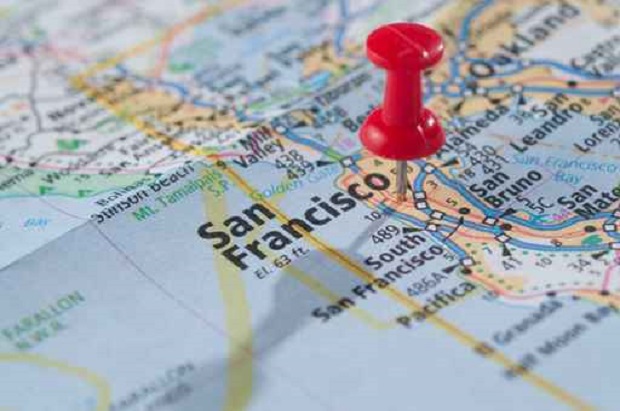
US drone maker Sentinel Air is planning to co-develop an airborne wireless sensor that can detect mobile phone signals belonging to disaster victims.
The company has teamed up with European disaster relief firm Disaster Tech Lab to develop and test the sensor, which will be mounted on an unmanned aerial vehicle (UAV) made by Sentinel Air.
This drone will be able to scan large areas where a disaster may have taken place and use geolocation technologies to pinpoint those who may have been trapped by floods, earthquakes and other forms of disaster that make it difficult for rescue workers to search on foot.
The technology could also be used, the organisations have suggested, to establish which wireless networks are still up and running after a disaster has taken place.
The latter is an area Disaster Tech Lab has extensive experience of, through the work it did with re-establishing communication networks in the wake of Hurricane Sandy in 2012.
"By providing this data in real-time to first responders, such as fire brigades or ambulance services, the time needed to locate victims will be drasctically reduced," the companies said, in a statement.
Drones are already used in disaster situations, where they are commonly deployed to help monitor volatile situations from the air and for video recording purposes.
Get the ITPro daily newsletter
Sign up today and you will receive a free copy of our Future Focus 2025 report - the leading guidance on AI, cybersecurity and other IT challenges as per 700+ senior executives
Evert Bopp, founder of not-for-profit Disaster Tech Lab, explained: "Aerial video footage is of huge benefit in our work, [because] sometimes areas aren't accessible by vehicle, or the condition of roads into remote areas affected by disasters isn't known.
"Having an eagle eye view in real-time will not only help us [as a result of this project], but as we plan to share the gathered data with other responding organisations it will help the overall response effort."
Bopp said his organisation decided to partner with Sentinel Air on the project because of its proven aviation experience.
"We purposely avoided using the very popular quadcopters used by a lot of organisations. The legislation for these quadcopters hasn't matured yet, [and] during a lot of recent disasters responses their use has been banned," Bopp said.
"We also wanted a partner with actual aviation experience so that they could comfortably handle all [Federal Aviation Administration] formalities. Sentinel Air... is run by a group of former military aviators."
Dean Attridge, co-owner of Sentinel Air, said the partnership provides his company with an opportunity to give something back to the community.
"We can assist in times of disaster, using the skills given to us by the military," he said.
"By teaming with Disaster Tech Lab we can not only offer our HD Aerial Video and Radio Relay abilities but now by taking Disaster Tech Lab's equipment airborne we can increase its range and... in times of disaster will save lives."
Finding new ways to harness the capabilities of UAVs has become a hot topic in the tech world over the past year, with Amazon and Google both announcing projects involving their use.
In Amazon's case, the techonlogy has been touted as a possible means of delivering goods people order through its website, whereas Google has flagged the potential use of drones as a way of delivering medical supplies to remote areas.
-
 Should AI PCs be part of your next hardware refresh?
Should AI PCs be part of your next hardware refresh?AI PCs are fast becoming a business staple and a surefire way to future-proof your business
By Bobby Hellard
-
 Westcon-Comstor and Vectra AI launch brace of new channel initiatives
Westcon-Comstor and Vectra AI launch brace of new channel initiativesNews Westcon-Comstor and Vectra AI have announced the launch of two new channel growth initiatives focused on the managed security service provider (MSSP) space and AWS Marketplace.
By Daniel Todd
-
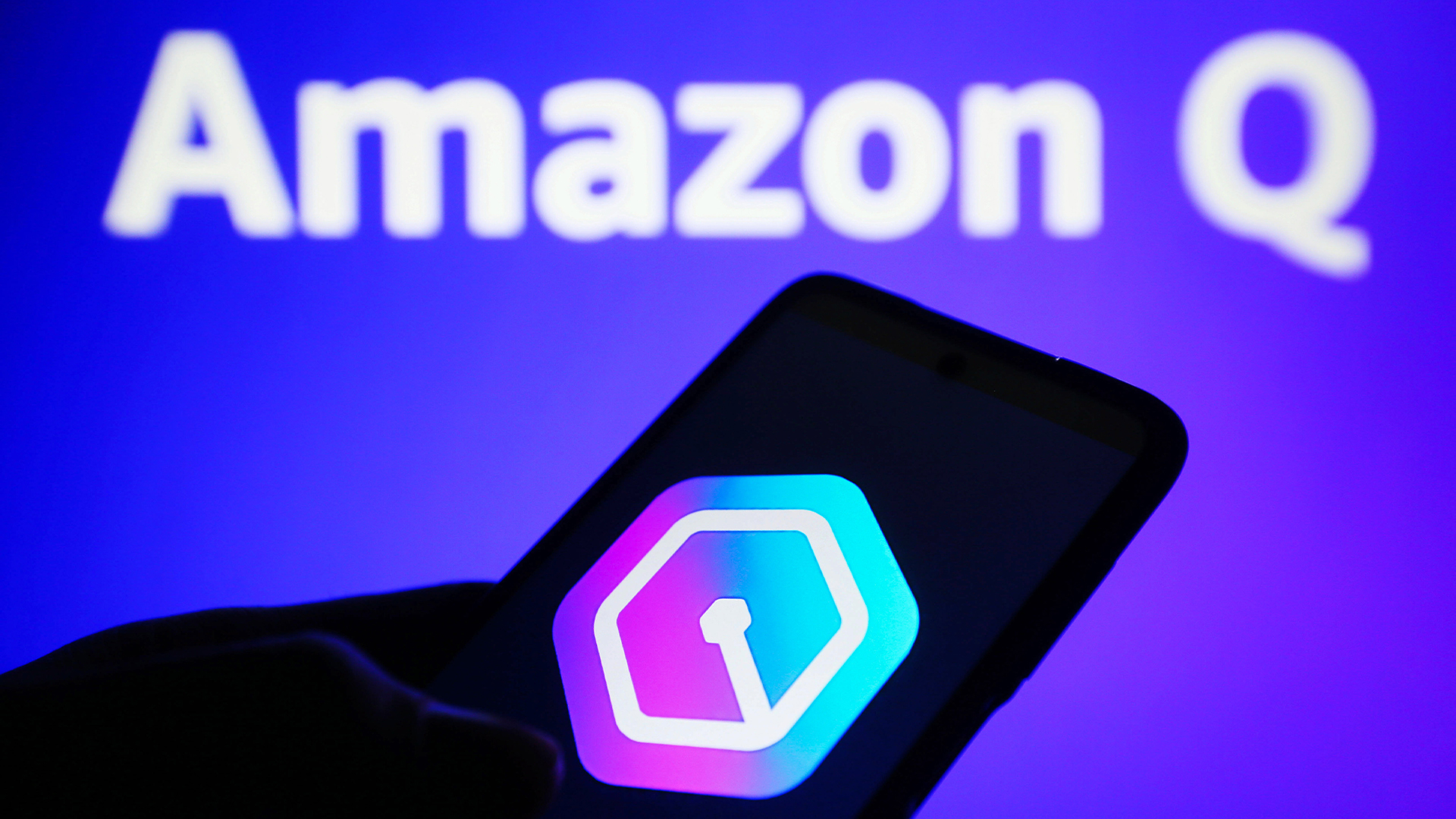 AWS expands language support for Amazon Q Developer
AWS expands language support for Amazon Q DeveloperNews AWS has expanded support for languages in Amazon Q Developer, making it easier for developers to code in their first language.
By Nicole Kobie
-
 Redis insists license changes were the “only way to compete with Amazon and Google” — now it could face a user exodus
Redis insists license changes were the “only way to compete with Amazon and Google” — now it could face a user exodusNews Redis sparked controversy when it announced licensing changes in March this year – but the company believes the move was warranted
By Ross Kelly
-
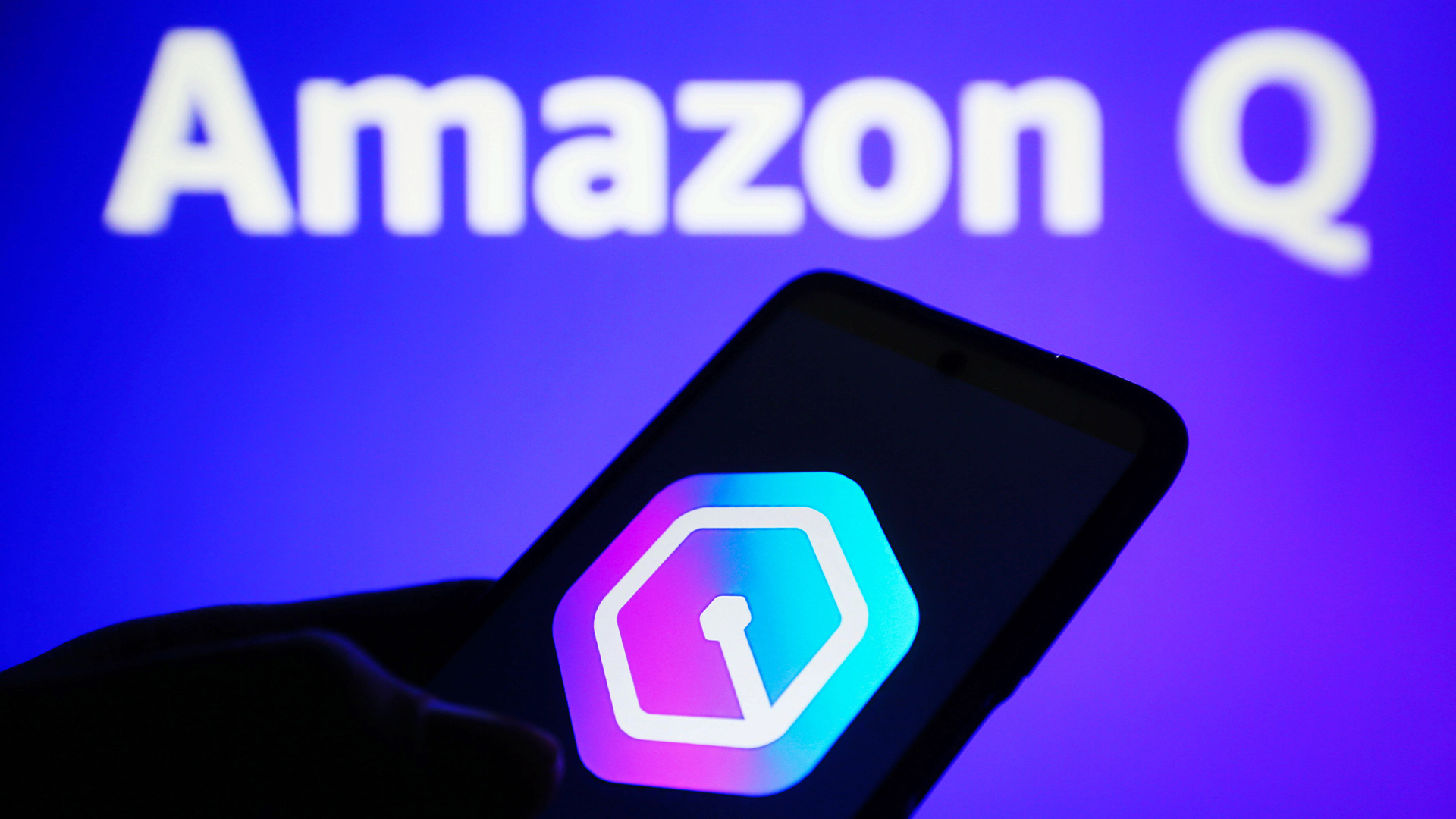 Everything you need to know about Amazon Q, including features, pricing, and business tiers
Everything you need to know about Amazon Q, including features, pricing, and business tiersExplainer Amazon Q can help developers write code faster and help workers with no coding experience build their own generative AI apps
By Steve Ranger
-
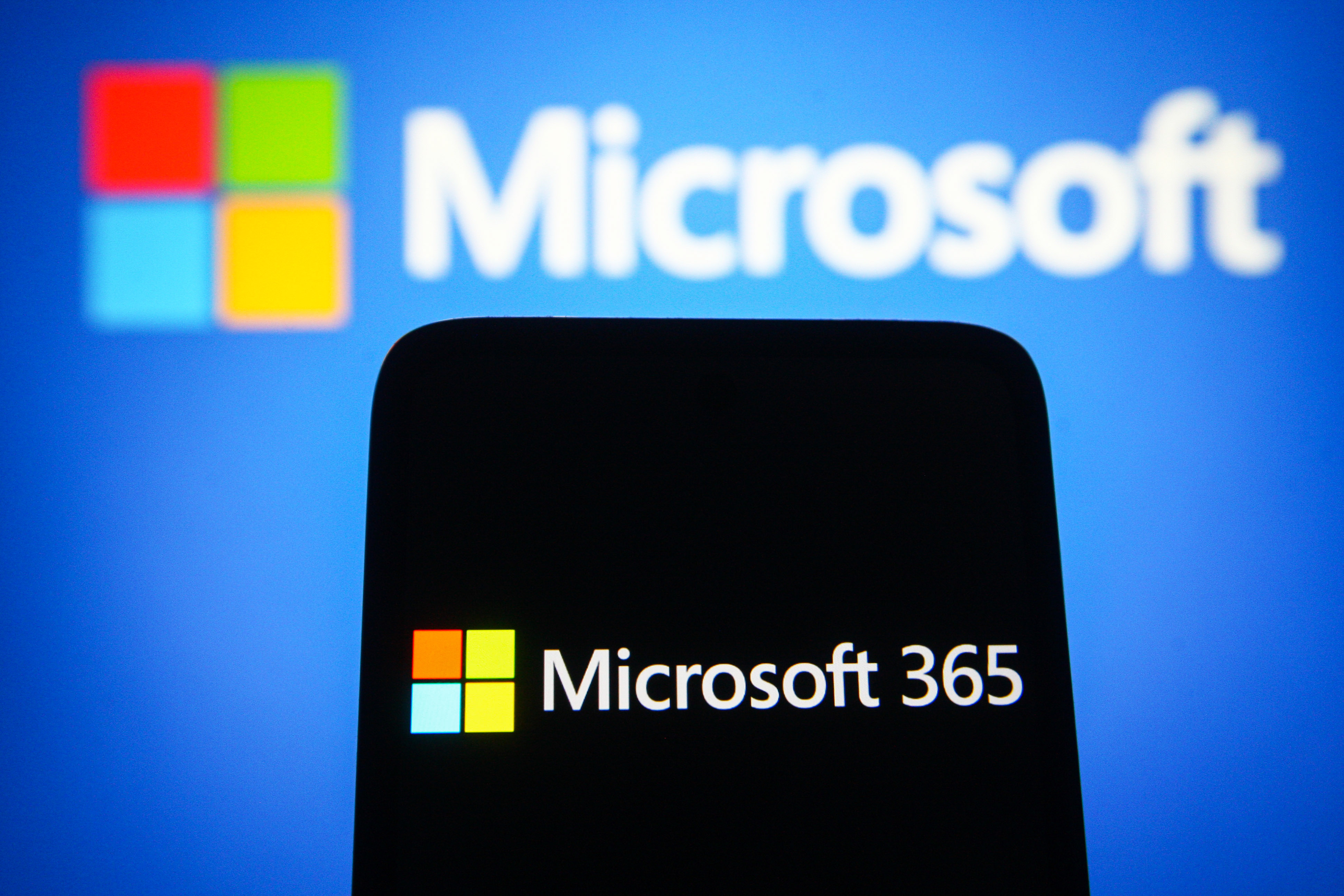 Amazon to become Microsoft 365 customer in landmark $1 billion deal
Amazon to become Microsoft 365 customer in landmark $1 billion dealNews The Microsoft 365 deal marks a major pivot for Amazon, which has traditionally avoided using rival cloud products
By Ross Kelly
-
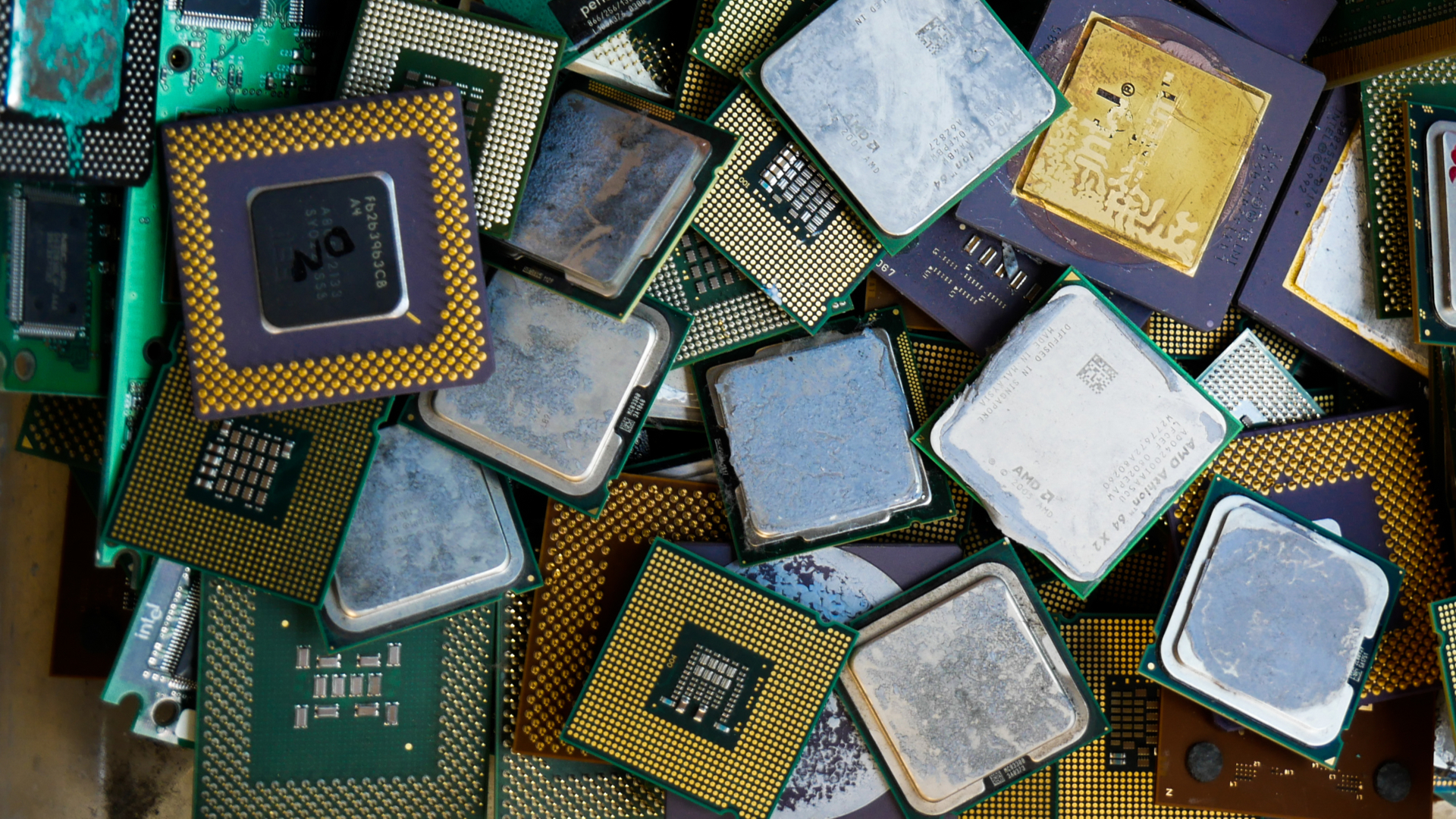 Tech giants lobby US to fund chip production
Tech giants lobby US to fund chip productionNews Industry heavyweights ask Congress for $50 billion in chip manufacturing subsidies
By Mike Brassfield
-
 Microsoft has an edge on AWS, according to IT executives
Microsoft has an edge on AWS, according to IT executivesNews Goldman Sachs survey suggests IT executives see Microsoft winning the cloud wars over the next three years
By Bobby Hellard
-
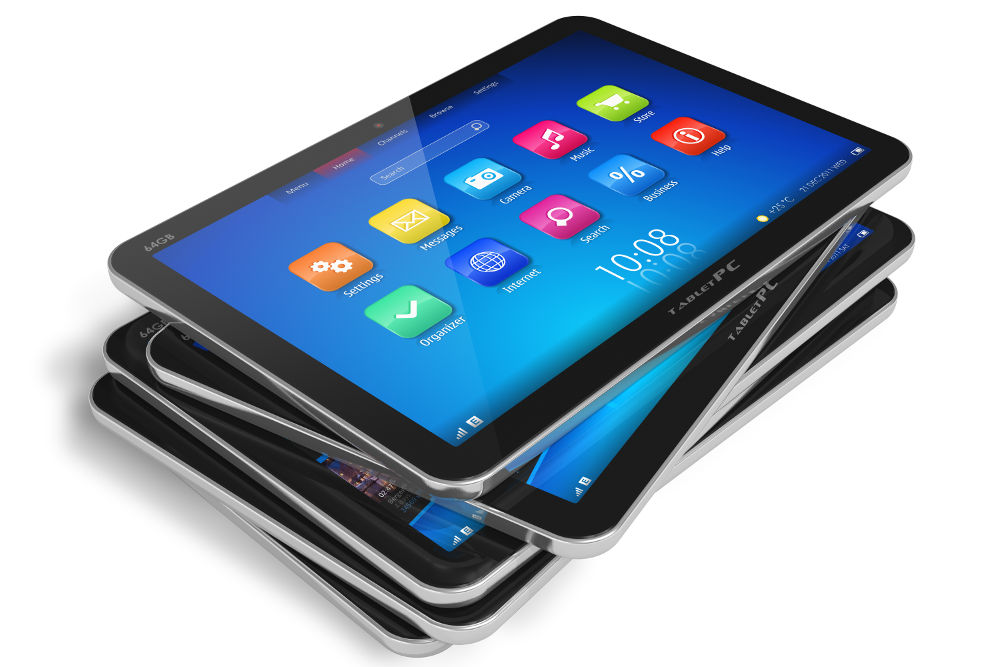 Tablet market falls 15% as low-cost devices lead sales
Tablet market falls 15% as low-cost devices lead salesNews Weakened market caused by 'low-cost detachables" sees third-quarter tablet sales fall by 15%
By Dale Walker
-
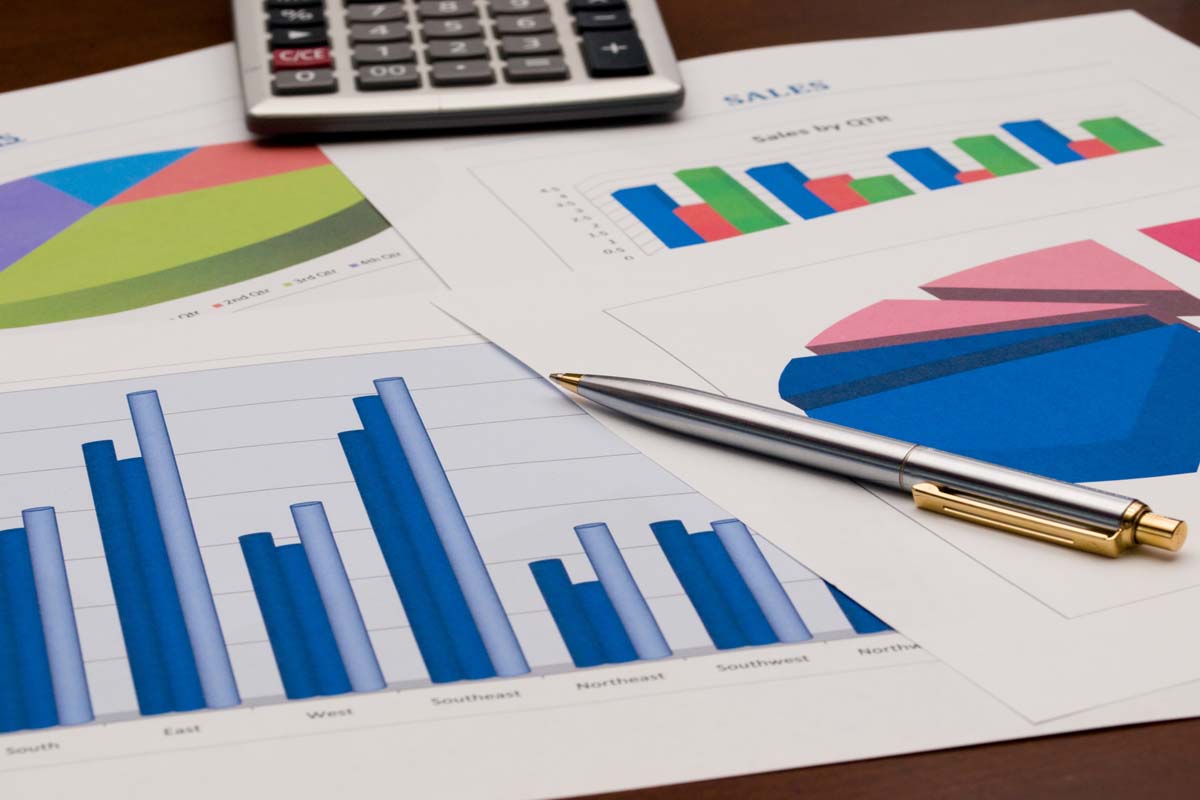 Tablet sales decline, but detachables rise in popularity
Tablet sales decline, but detachables rise in popularityNews Devices such as the iPad Pro and Microsoft Surface are quickly replacing PCs, IDC says
By Clare Hopping